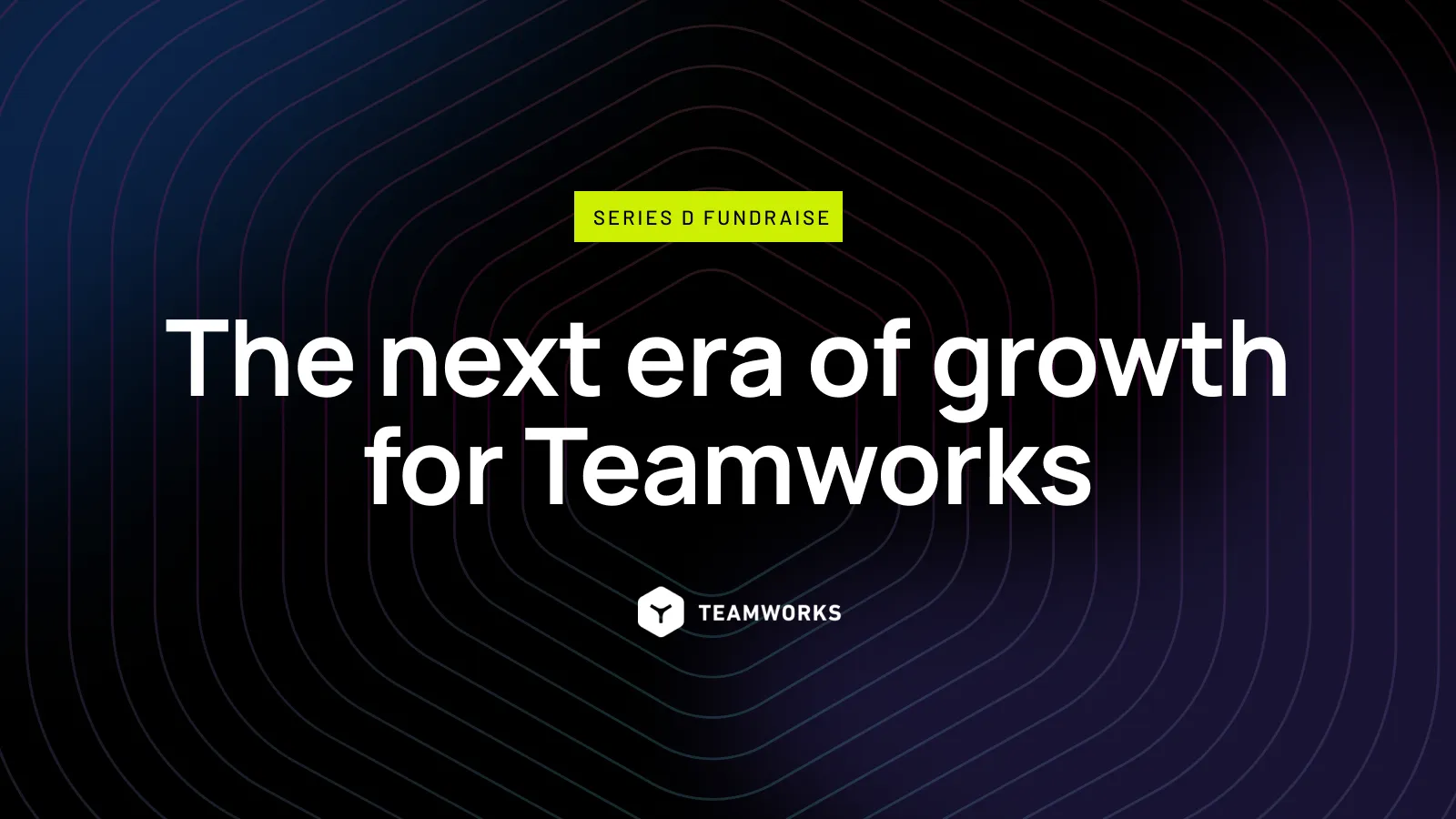Today we are announcing a $50M financing round for Teamworks. Delta-v Capital led the Teamworks Series D round, with participation from General Catalyst, Seaport Capital, Teamworthy Ventures, Afia Capital, and over 30 current and former professional athletes.
This investment is going to fuel the future. The future of not just Teamworks, but the entire sports industry.
Before we can talk about where we are going, we need to recognize where we are and how we got here.
Today the global sports industry generates over $650 billion a year in revenue, a figure that is estimated to grow to over $1 trillion by 2030. That industry is built and centered around one thing and one thing only, the athlete.
Without athletes, there can be no sports, no competitions, no stadiums, no tickets, no hot dogs, no merchandise, no TV cameras, no multi-media rights deals, and no million-dollar commercials. The athlete is everything.
The global sports industry today is a multi-billion dollar machine designed to discover, develop, and support the greatest athletes in the world.
But it wasnt always like that.
In the early 1900s, a sports team consisted of athletes and a handful of coaches. As the century progressed and the sports industry grew, support around the athlete expanded. By the year 2000, most sports organizations had added hundreds of specialists.
These organizations grew in size and complexity far faster than the systems that supported how all these people worked together and connected with their athletes.
I experienced this chaos first hand in 2003 when I arrived on campus at Duke University to play football. I had fifteen different professionals working with me in every area of my life. They all had the same mission, to make me, and every athlete at Duke, as successful as possible on the field, in the classroom, and in life.
Unfortunately, those fifteen people were siloed. They worked in separate departments, and in different buildings. Each had their own system to organize their work, and each used a different method to communicate and share information with me.
They had too many people who werent working well together. And the result, more often than not, was that I would be running the stadium stairs at 4 in the morning after being late for something out of my control.
So my co-founders and I decided to do something about it, and in 2006 we launched the first version of Teamworks Hub with Duke Football.
Hub was the first collaboration platform built specifically for sports organizations. It did two things: First, it got all of those professionals working together. Second, it provided the athletes with one single, streamlined portal to communicate with their entire ecosystem of support.
It worked, and it worked so well that within a few years we had nearly every team on campus using it.
We had found the cure to a disease that was afflicting every sports organization around the world.
We spent the next decade bringing that cure to over 500 college athletic departments, over 120 professional clubs, over 25 Leagues, Conferences, and Olympic NGBs across 11 countries and 5 continents.
During that journey, we began to see a familiar pattern emerge. If the last 100 years of sport were all about people, it was clear that the next 100 years were going to be all about technology.
In the early 2000s, innovation in the form of software and hardware began to trickle into this industry. But by 2018 that trickle had turned into a flood.
The same process of specialized investment in people that had taken place in the last century was repeating with technology in this century, except at an accelerated pace.
Sports organizations had gone from a handful of horizontal tools to 20, 30, and sometimes over 40 different specialized technology solutions throughout their organization.
The digital transformation of sport was happening, but it was fragmented and messy. Business offices were having to manage upwards of 30 different vendors, and end-users had to use so many different apps and credentials that technology had become more of a burden than the benefit that had been promised.
We knew if we could bring together all the people within these organizations, we could bring together their technology, too.
What crystallized in this moment was our vision of the future.
Our vision of One Login, One Relationship, One Platform.
Our vision of Teamworks as the Operating System for Sports.
To manifest this vision, we knew we couldnt do it alone. We would have to bring in other talented, like-minded individuals to help us build the future of sports.
Case in point, we knew that NIL was going to be transformative, not just for college athletics, but for the entire sports industry. And we needed to seek out the best and brightest that were working to build solutions for the NIL era.
We found them, and in 2019, we acquired INFLCR.
Again, we saw performance nutrition emerge as the new frontier for driving athlete outcomes on and off the field of competition, and again we sought out the most talented individuals working to build technology in that space, and we found Notemeal, who we acquired in 2021.
So when we talk about what this $50M means for Teamworks, what it means for the entire sports industry, it means that we are going to continue to assemble and acquire the greatest minds in sports technology.
We are going to find the most talented teams and entrepreneurs, building the most innovative products in every corner and every category of sports technology, and recruit them to join us in this mission.
One Login, One Relationship, One Platform. The Operating System of Sports.
This is the next era of Teamworks.

Zach Maurides
Founder and CEO, Teamworks





